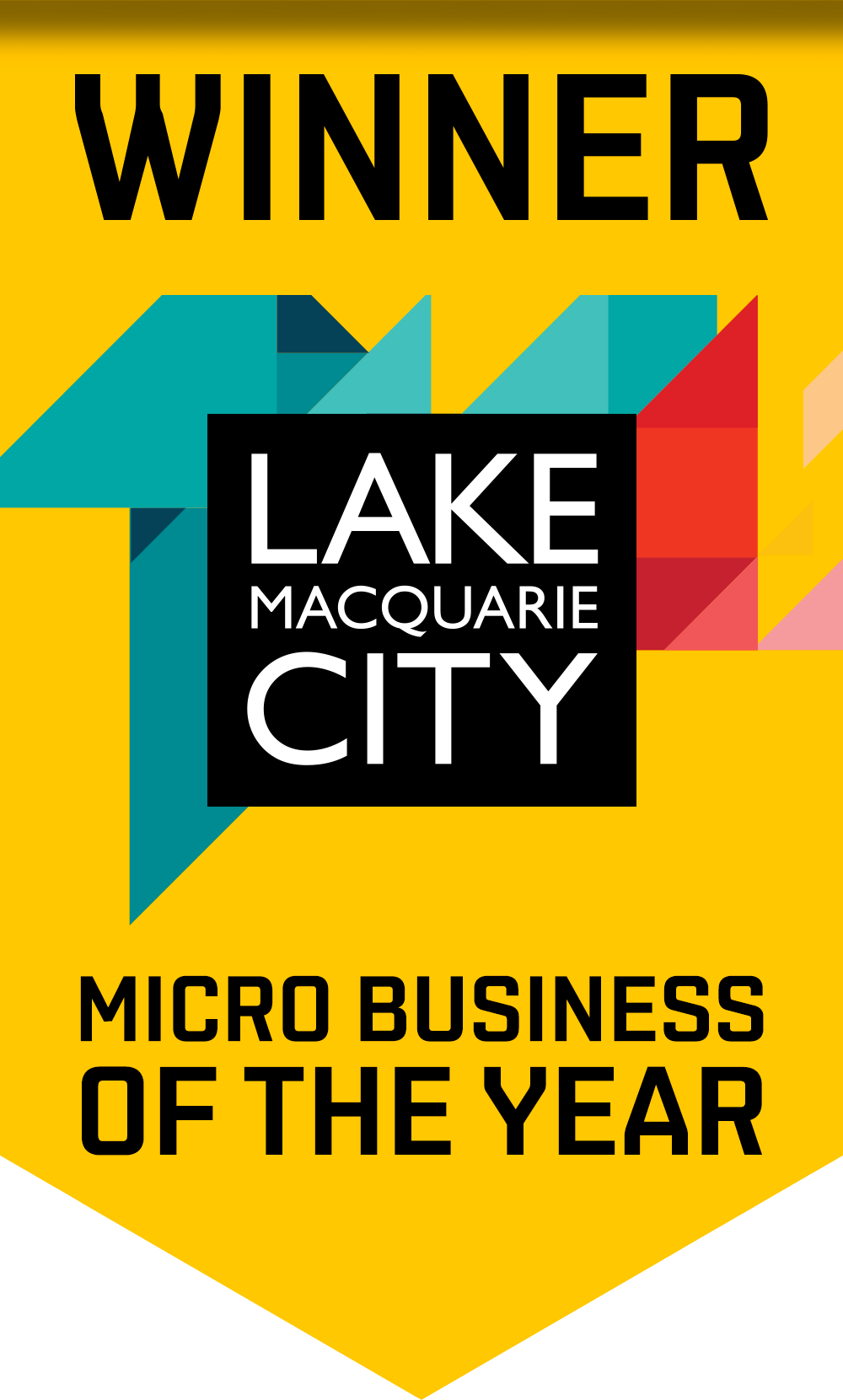Please Release Me
What is a media release?
Wikipedia’s definition is as good as any. A media release is a written or recorded communication directed at members of the news media for the purpose of announcing something ostensibly newsworthy. Typically, they are mailed, faxed, or e-mailed to editors and journalists at newspapers, magazines, radio stations, online media, and television networks.
Media releases are an ideal advertising tool. They reacher a wide audience and can help grow any brand.
Technology advancements have changed the media release outlets. We more than often see media releases online before anywhere else and they are so easily shared over social media outlets that all we have to do is open up Facebook to see the latest media releases. Here’s some tips about media releases that will hopefully have a journalist adding you to their outgoing news.
When should I do a media release?
As they say in the copywriting trade: ” You need a peg to hang it on.” There has to be some newsworthy element, but often publication comes down to the day-to-day whims of the journalist and/or desk editor on the receiving end. Certainly some things are more newsworthy than others, and that can include quirky. It should be aligned with the business’s marketing strategy, but differentiate itself from advertising collateral. Some examples of when to write a media release include, but are not limited to, the business:
- receiving an award
- launching a new product or service
- changing or updating existing products or services
- opening a new office or refurbishing an old one
- highlighting a particular cause
- introducing a new partnership or hiring a new executive
- rebranding
- working for a new, significant client.
If you think the news is worthy and want people would want to know, then prepare a media release.
How to write a media release?
Preparation is everything. Too many people hit the keyboards without thinking about why they are writing, or indeed what they hope to achieve. It’s always good to have a pen and paper handy to jot down notes. The mind tends to logically order things. “Walk a mile” in the reader’s shoes. What would you hope to receive?
I recently caught up with Darrell Croker from Halage Media and Sub-editor of The Australian. Darrell says:
The secret is to find a “hook” or an angle. Before preparing any written material, especially a media release, you should always employ Write For Impact’s “foundational five”. They are: (1) set a clear purpose; (2) know your reader(s); (3) gather your content; (4) draft your message; and (5) edit for impact. Good writing is good editing.
Check tenses and use all available tools such as inbuilt spellcheck or Grammarly. If you are in Word and there are squiggly red or green lines, there’s a good chance there is an error. Double-check any names. The easiest way to alienate editors is to spell names incorrectly. Always print it out and read the hard copy out aloud. The advantage of clear and concise writing in business is establishing a good reputation.
Media releases should not only be easy to read, but relevant. It should tell us who, where, when, how and why. One idea per sentence is a good guide. The introduction should be catchy and draw the reader in, and the following paragraphs ordered from most to least important. A conclusion should sum up the points.
Don’t labour over a witty headline. That might be the only thing the journalist or editor reads. If it’s too clever you risk being consigned to the trash basket.
Some points to keep in mind.
It should be labelled a media release
Pretty basic, but something that must be stated clearly.
It must include who has issued the release
This can be the company, a group of people, or an individual. More important is clear contact details for one or two people. Often journalists will want to follow up to corroborate information, or in the best result, get some more quotes. You should be prepared to deal with a phone call from a media outlet. Have the company spokesman prepped.
Include the date and time for the release (or immediate release)
You may not want an immediate release if the event isn’t happening for a while. But it always pays to get media releases out early. Don’t second-guess news desks. In the 24-hour news cycle priorities change constantly, but journalists always like to have stories “up their sleeves”.
A catchy heading is helpful but straight forward information is better
Newspapers pay sub-editors to come up with catchy headlines. Your immediate audience is a journalist or desk editor. Keep the clever stuff for the body copy. The heading should be bold and bring direct attention to the event.
Address the main reason for the release in the first sentence
Stick to the facts and keep to the point. The first sentence/paragraph should contain the most important and strongest pieces of information. This will make the journalist keep reading.
Keep it professional and structured
Good writing is good editing. Keep rereading to detect any words that are not needed. Make sure it is not only informative and interesting but also easy to read and understand. Keep it to about an A4 page of writing. If it is too long it risks being overlooked. If the journalist needs more information, they will call you.
Remember, the person reading it may not know anything about your business. Just make sure it tells the reader who, when, where, why and how. Who is involved, when will the event take place, where did it or will it happen, why is it newsworthy, how did it come about, what steps took place to make it happen?
Sum it up with a conclusion, another piece of strong written information to grab the reader and make them want to follow up with a story.
You can also include a supporting image or video. Online media stories with attached photo or video get shared much more than just a written document. But the image/video must help promote the story.
Why bother?
Media releases help get your brand in front of new audiences. They promote your business and brand and grab the attention of new clients. With the growth of the 24-hour news cycle, journalists often need more stories. Getting it “out there” gives you great exposure to a new audience. It can help with branding and worked properly with a strategic social media approach you can reach a larger, more engaged audience. This will bring website traffic and potentially business growth.
The online social world is growing and if your media release reaches the right people who decide to share your news then the potential audience base is unstoppable. Essentially it is free advertising. For example, a photographer wins a local art award, they put out a media release, a journalist runs the story. The potential here is 20,000 shares. It could have one share from someone who has two million followers. The possibilities are endless. The artist could go from selling an image a week to selling 100 a week.
In Summary
Businesses that want to grow need to continue to spread the word of their brand. Media releases are another way to capture a wider audience and bring in more business. Once a story is out there it is easily shared and the possibilities grow as does the business.
It it important to draw journalists in with the press release so remember to make sure it is exciting, honest and easy to read. No harm in trying.

Daniel Borg
Creative Director
psyborg® was founded by Daniel Borg, an Honours Graduate in Design from the University of Newcastle, NSW, Australia. Daniel also has an Associate Diploma in Industrial Engineering and has experience from within the Engineering & Advertising Industries.
Daniel has completed over 2800 design projects consisting of branding, content marketing, digital marketing, illustration, web design, and printed projects since psyborg® was first founded. psyborg® is located in Lake Macquarie, Newcastle but services business Nation wide.
I really do enjoy getting feedback so please let me know your thoughts on this or any of my articles in the comments field or on social media below.
Cheers Daniel


Obviously I think this is terrific.
Well done mate.
Lots of useful information here I believe.